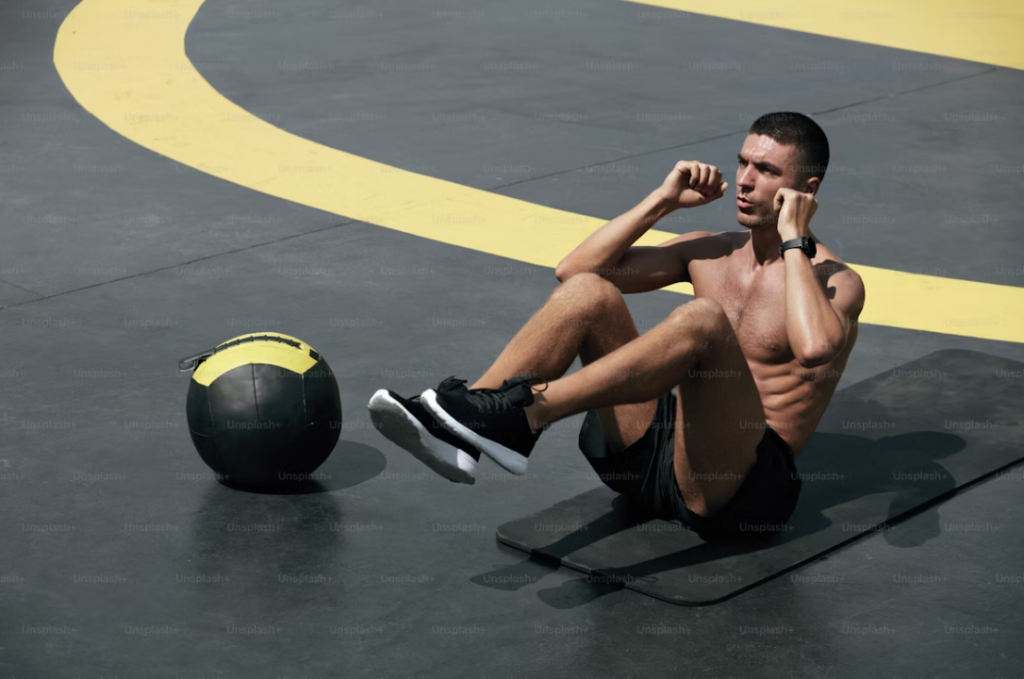Introduction
Mobility training is often overlooked in favor of strength and cardio workouts, yet it plays a crucial role in overall fitness. Mobility improves joint function, reduces the risk of injuries, and enhances athletic performance. Whether you are lifting weights, running, or simply moving through daily life, mobility is essential.
This guide explains the benefits, exercises, and strategies to integrate mobility into your routine.
Understanding Mobility vs Flexibility
Definitions and Differences
Flexibility refers to the ability of a muscle to lengthen, while mobility is the ability to move a joint through its full range of motion with control.
Why Mobility Matters for Fitness and Daily Life
Good mobility allows proper form during exercises, supports functional movements, and prevents compensatory injuries.
Benefits of Mobility Training
Reducing Injury Risk
Proper joint mobility reduces strain on muscles, tendons, and ligaments, lowering the likelihood of injury.
Enhancing Performance
Greater mobility allows stronger, safer, and more efficient movements, improving performance in strength, cardio, and sports.
Improving Posture and Movement Quality
Mobility exercises help correct postural imbalances and promote smooth, coordinated movement.
Supporting Recovery and Longevity
Mobility work improves circulation and tissue health, aiding recovery and long-term joint health.
Key Mobility Exercises
Hip Openers and Leg Mobility
Exercises like lunges, hip circles, and dynamic leg swings enhance lower-body movement.
Shoulder and Upper Body Mobility
Arm circles, shoulder dislocates, and banded stretches improve upper-body function.
Spine and Core Mobility
Cat-cow stretches, thoracic rotations, and spinal twists increase core flexibility and stability.
Ankle and Foot Mobility
Calf stretches, ankle circles, and heel raises improve balance and lower limb mechanics.

Mobility Tools and Accessories
Foam Rollers and Massage Balls
Aid in myofascial release, reducing tightness and improving tissue elasticity.
Resistance Bands for Stretching
Provide controlled tension to enhance joint range of motion.
Mobility Sticks and Rollers
Assist with dynamic stretching and warm-up routines, particularly for the spine and shoulders.
Structuring a Mobility Routine
Warm-Up Mobility Exercises
Dynamic movements before training activate muscles and prepare joints.
Targeted Mobility Sessions
Dedicated 15–20 minute sessions focusing on problem areas improve flexibility and function.
Cool-Down and Recovery Techniques
Gentle static stretches and foam rolling enhance recovery and maintain mobility gains.
Integrating Mobility into Strength and Cardio Workouts
Pre-Workout Mobility Drills
Incorporating mobility drills before lifting or cardio improves performance and reduces injury risk.
Active Recovery Sessions
Use mobility exercises on rest days to aid recovery and maintain joint health.
Common Mistakes and Misconceptions
Confusing Stretching with Mobility
Static stretching alone does not improve joint mobility; dynamic, controlled movements are key.
Overstretching and Poor Technique
Excessive stretching or improper form can cause injuries rather than improve mobility.
Measuring Progress in Mobility
Range of Motion Tests
Track joint angles and movement freedom to evaluate improvements.
Functional Movement Assessments
Assess quality of movement in daily tasks or workouts for practical mobility results.
Conclusion
Mobility training is a vital component of a balanced fitness routine. Incorporating targeted exercises and tools enhances performance, prevents injury, and supports long-term joint health. By prioritizing mobility, you not only improve your workouts but also maintain a functional, active lifestyle.